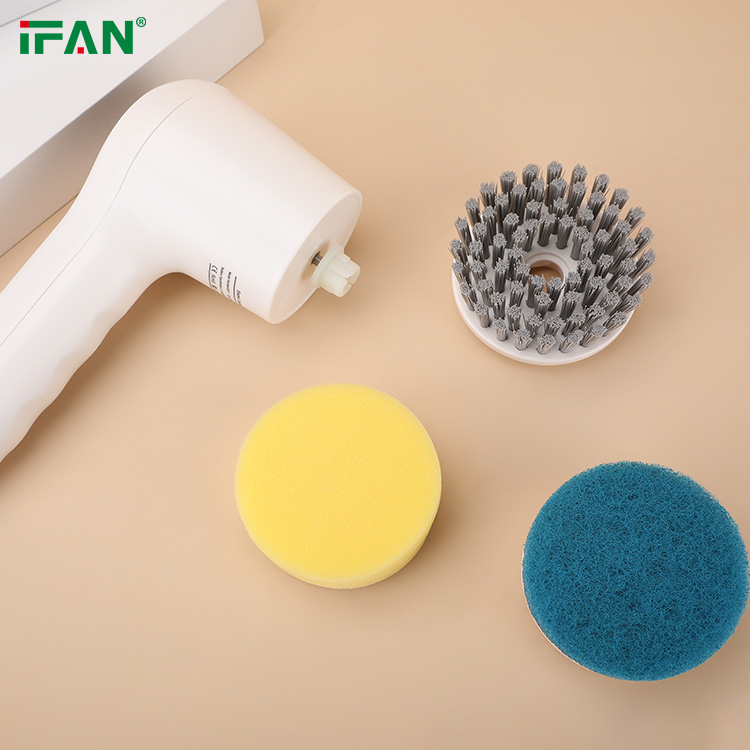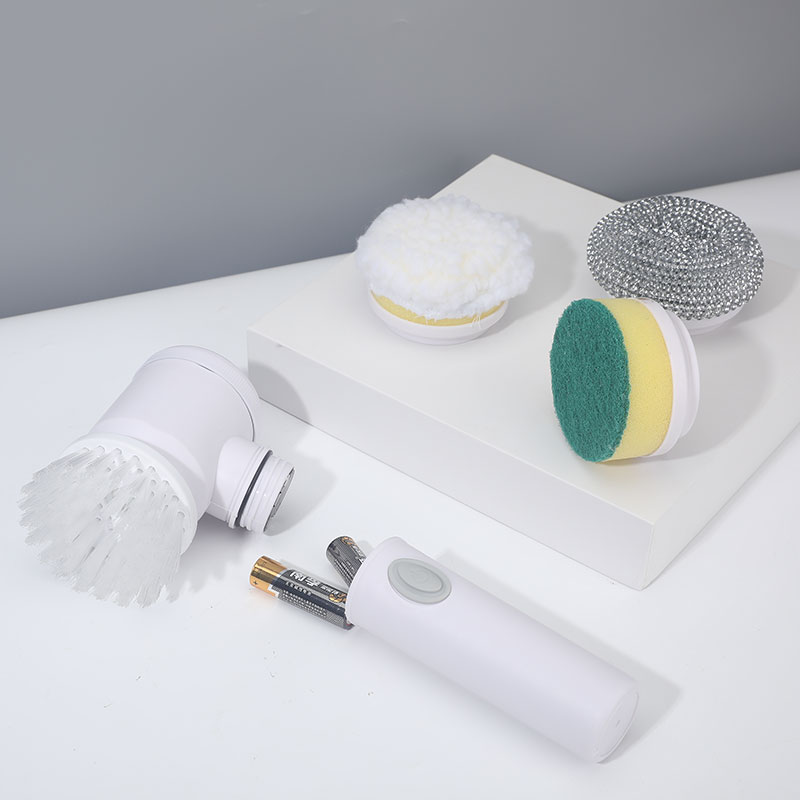Introduction:
Introduction: The choice of materials for cleaning brushes plays a crucial role in determining their effectiveness, durability, and environmental impact. This article aims to analyze the key factors influencing material selection and application in the cleaning brush industry, offering insights into best practices and emerging trends.

- Performance Requirements: One of the primary considerations in material selection is meeting the performance requirements of the intended application. Different cleaning tasks, such as scrubbing, dusting, or polishing, necessitate specific material properties. For example, brushes used for heavy-duty scrubbing may require stiff bristles made from durable materials like nylon or polypropylene, whereas softer bristles made from natural fibers such as horsehair or tampico are suitable for delicate surfaces.
- Durability and Longevity: Durability is a critical factor in material selection, especially for cleaning brushes intended for frequent use in demanding environments. Materials must withstand abrasion, chemical exposure, and mechanical stress without deteriorating or losing effectiveness over time. High-quality plastics, such as polyethylene and polypropylene, are commonly used for brush bodies due to their durability, resistance to moisture and chemicals, and ease of maintenance.
- Hygiene and Sanitation: In applications where hygiene and sanitation are paramount, such as food processing facilities and healthcare settings, materials with antimicrobial properties are preferred to inhibit the growth of bacteria and pathogens. Stainless steel, silicone, and certain types of plastics infused with antimicrobial additives are commonly used for brush components to ensure cleanliness and reduce the risk of cross-contamination.
- Environmental Sustainability: With increasing awareness of environmental issues, there is a growing demand for eco-friendly cleaning brush materials that minimize ecological footprint and support sustainable practices. Biodegradable materials, such as bamboo, wood, and natural fibers derived from plants or recycled sources, are gaining popularity as alternatives to traditional plastics. These materials offer comparable performance while reducing dependence on finite resources and contributing to circular economy principles.
- Application-Specific Considerations: Different cleaning tasks and environments require tailored brush designs and materials to achieve optimal results. For example, brushes used in wet environments, such as bathrooms and kitchens, should be resistant to water absorption and microbial growth. Silicone and rubber are preferred materials for such applications due to their non-porous nature and ease of cleaning. Conversely, brushes used in dry environments, such as electronics manufacturing or precision cleaning, may require anti-static properties to prevent damage to sensitive components.
- Conclusion

Material selection is a multifaceted process influenced by performance requirements, durability considerations, hygiene standards, environmental concerns, and application-specific factors. By carefully evaluating these factors and leveraging advances in material science and manufacturing technologies, cleaning brush manufacturers can develop innovative products that meet the evolving needs of consumers while minimizing environmental impact. With a focus on performance, durability, hygiene, and sustainability, the cleaning brush industry is poised to drive continued innovation and growth in the years to come.
